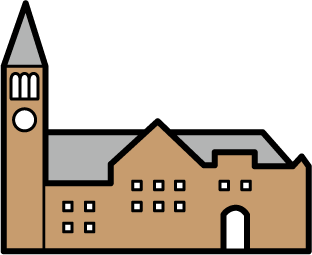Program Planning & Development
An Art & Science to Program Development Work
There is an art and a science to Program Development (PD). The ‘art’ is what you ‘know’ works and the ‘science’ is based on research, and the evaluation of practice. In a recent survey of CCE Association Directors and Program Leaders, many acknowledged not considering a framework for program development when planning, implementing and evaluating local CCE programs. That said – we see many examples of intentional programming and good work that fit the description of PD shared by staff. PD is happening but perhaps without a systematic approach.
This may beg the question - if a program works, attracts people, why should we apply program development theory?
You might recall that in the section above about Program Definition and Standards - it is required that CCE programs are based on local needs, are designed around measurable objectives, follow the guidance found in evidence-based practices, and include evaluation. Applying a PD model - will help meet these requirements and will help you to achieve more consistent, predictable results.
Research and practice show common elements in successful programs. Descriptions and ‘how-to’ for these common elements can be found in PD Models and the frameworks that we might use to think through the steps of PD. Many PD models are similar to each other even across disciplines like planning and community development, Cooperative Extension PD, and educational/instructional design.
The PD process broadly consists of determining the current state and needs of the learner, defining the end goal of instruction, and creating some "intervention" to assist in the transition. Often the process is informed pedagogically (process of teaching) and by research.
The central questions for PD include:
- What is the purpose of the program? (for whom? To do what? What need is it filling? Are there system or local outcomes you are working towards?)
- What experiences are you going to provide to get the participants to said outcomes?
- How can you effectively/efficiently deliver the experiences? What is the delivery?
- How are you going to know that you got to the outcomes?
There are many instructional design models
There are many PD models, many based on the ADDIE model (includes 5 phases: analysis, design, development, implementation, and evaluation). Most models come with references and resources (like logic or pathway models) to help the user to think through the steps needed to reach your intended outcomes. CCE resources are arranged by the ADDIE phases but reference other models – so that our educators can be versed in the theory and pick and choose resources that are most beneficial for the moment.
Review: Take a few minutes to review resources on the staff site focused on Program Development Concepts and Models including the Video Short linked from the page (url). This topic is aimed at helping you to become familiar with PD models. When you are finished, check off the completion box for this topic.






